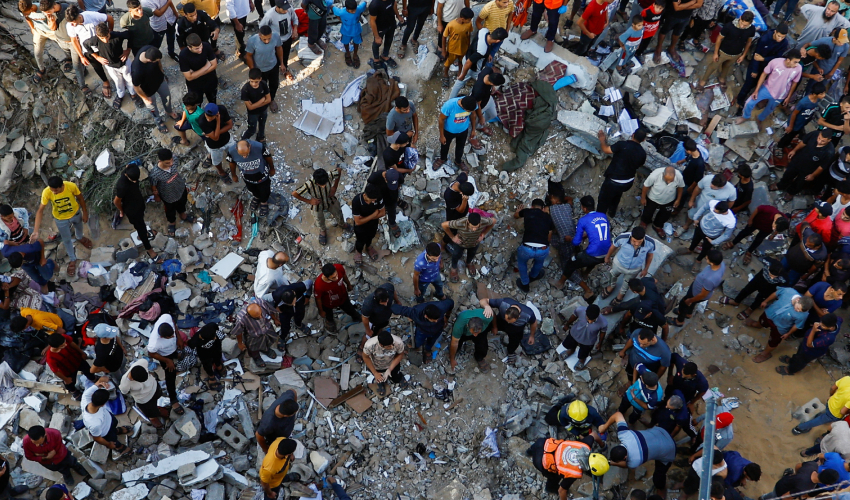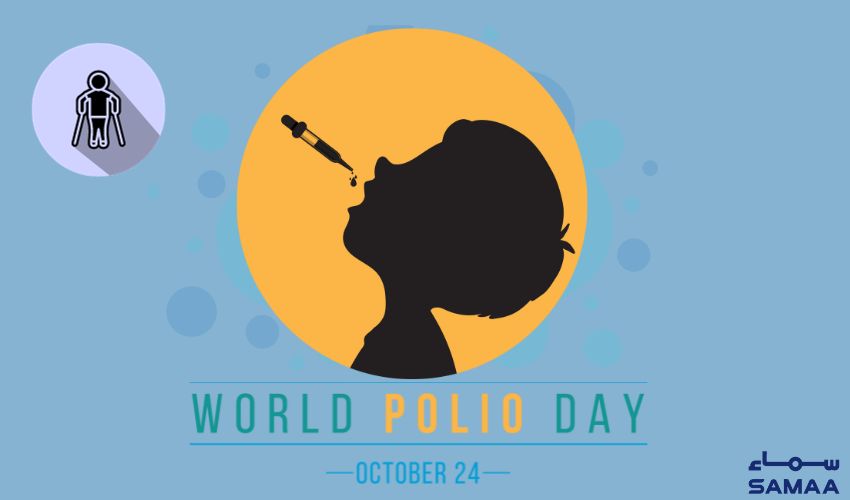In the midst of the ongoing conflict between Israel and Hamas, determining the exact number of casualties in the Gaza Strip has become an intricate challenge.
Cell service remains unreliable, internet and power supply are intermittent, and airstrikes have disrupted transportation and infrastructure. This environment has complicated rescue and reporting efforts, leading to potential errors in casualty counts.
Gaza's ministry of health: Tracking toll
The Gaza-based Ministry of Health, which operates under the Hamas-controlled government, remains one of the primary sources for tracking casualty figures in the region.
Despite the tumultuous circumstances, the ministry has continued its efforts to document casualties.
Recently, the ministry released its first detailed report on the casualties, providing names, ID numbers, ages, and gender of Palestinians it claims have been killed.
According to their records, the total death toll stands at 7,028 Palestinians, including 2,913 minors.
Questioning credibility
However, the chaotic situation and conflicting narratives have raised concerns about the ministry's credibility. One outlier is the death toll reported from an explosion at Al-Ahli Hospital in Gaza City.
Different parties have assigned blame for the incident, with Hamas attributing it to an Israeli airstrike, Israel claiming it resulted from a misfired Palestinian rocket, and US and French intelligence services suggesting it was likely caused by a misfired rocket from Palestinian territory.
Despite various estimates, a definitive conclusion regarding the cause remains elusive.
Navigating challenges
The Gaza Health Ministry, while the sole official source for casualty counts within Gaza, has been subject to scrutiny and doubt, especially in contentious situations.
Nevertheless, international organizations, experts, and Palestinian authorities in the West Bank acknowledge that the ministry has historically made a genuine effort to compile casualty figures under extremely challenging conditions.
Transparency and methodology
Although the numbers provided by the ministry may not be entirely precise in real-time, they are generally considered reflecting the overall scale of death and injury.
During past conflicts, the ministry's figures have withstood UN assessments, independent investigations, and even Israeli tallies.
Data collection process
The ministry's method of counting casualties relies on data from hospitals across the Gaza Strip.
Hospital administrators maintain records of injured individuals and deceased bodies, which are then shared with the ministry.
The collected data includes names, ID numbers, dates of hospitalization, types of injuries, and conditions.
Disruptions due to limited connectivity are addressed by phone verifications to ensure accuracy.
Additional sources
Additionally, the ministry gathers information from other sources, such as the Palestinian Red Crescent.
Despite the challenges, the priority remains to record every individual entering hospitals.
While the ministry releases regular casualty updates providing the number of dead and wounded, it typically refrains from providing specific names, ages, or locations of those killed.
This information is typically sourced from on-site reporters or the Hamas-run government media office.
Providing detailed figures
In response to doubts raised by the United States about the figures, the ministry released a comprehensive 212-page report listing the names, ID numbers, ages, and genders of the Palestinians killed during the conflict.
This detailed report includes a total of 6,747 Palestinians and notes an additional 281 bodies that remain unidentified.
Civilians and combatants
The Gaza Health Ministry does not differentiate between civilians and combatants in its casualty counts.
This distinction usually becomes apparent once post-conflict investigations by the UN rights groups, and combatant organizations are completed.
The Israeli military also conducts its own investigations.
Lack of transparency
While the ministry lacks transparency in providing details on how Palestinians were killed, it attributes all casualties to "Israeli aggression".
This opacity has drawn criticism from some quarters.
Historical accuracy
Throughout previous conflicts, UN agencies have often cited the ministry's death tolls in their reports.
The International Committee of the Red Cross and Palestinian Red Crescent also rely on these numbers.
In the aftermath of wars, the UN humanitarian office publishes final death tolls based on its own research into medical records.
Generally, the UN's figures align closely with those of the Gaza Health Ministry, with minor discrepancies.
Ongoing debate
International news agencies, including the AP, along with humanitarian workers and rights groups, have used the ministry's numbers when independent verification was not feasible.
As the conflict in Gaza continues, the accuracy and credibility of casualty figures remain a subject of debate and highlight the complexities of reporting in a conflict zone.



























